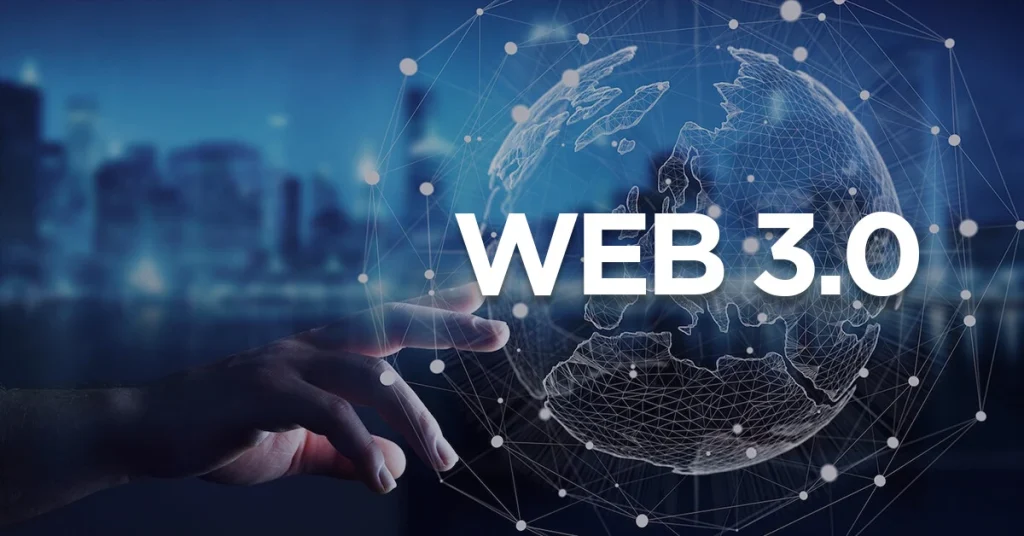The Decentralized Finance (DeFi) sector continues to evolve rapidly, entering what many analysts are calling DeFi 3.0. This new phase focuses on scalability, interoperability, and sustainable yield, addressing challenges that have limited earlier DeFi protocols and paving the way for mainstream adoption.
What Is DeFi 3.0?
DeFi 3.0 represents a next-generation set of protocols built on lessons learned from previous DeFi iterations. Key improvements include:
- Cross-chain interoperability: Users can move assets seamlessly between Ethereum, Solana, Avalanche, and other networks.
- Layer-2 scaling solutions: Reduced gas fees and faster transactions make DeFi accessible to more users.
- Sustainable yield mechanisms: Protocols are designing incentives to prevent excessive token inflation and unstable returns.
| Feature | Description |
|---|---|
| Focus | Interoperability, scalability, sustainable yields |
| Networks | Ethereum L2s, Solana, Avalanche, Polkadot |
| Use Cases | Lending, staking, yield farming, decentralized exchanges |
| Key Advantage | Lower fees, faster transactions, enhanced security |
Why DeFi 3.0 Matters
DeFi 3.0 is attracting attention for several reasons:
- Greater security: Advanced auditing tools and protocol insurance reduce risk for investors.
- Institutional interest: Hedge funds, banks, and crypto funds are exploring DeFi 3.0 protocols for yield generation.
- User adoption: Easier onboarding and lower transaction costs make DeFi more accessible to retail users.
According to blockchain analyst Summer Mersinger, “DeFi 3.0 is not just about yield farming; it’s about creating a sustainable, scalable financial ecosystem on-chain.”
Emerging Trends in DeFi 3.0
- Multi-chain liquidity pools: Users can deposit assets across networks, earning rewards without moving funds manually.
- Algorithmic stablecoins: Designed to maintain peg while minimizing capital inefficiencies.
- Decentralized insurance: Covering smart contract vulnerabilities and lending defaults.
- Synthetic assets: Tokenized representations of stocks, commodities, and real estate for global access.
| Trend | Potential Impact |
|---|---|
| Multi-chain liquidity | Boosts capital efficiency |
| Algorithmic stablecoins | Stable yields, low volatility |
| Decentralized insurance | Reduces systemic risk |
| Synthetic assets | Broader market exposure |
DeFi 3.0 is poised to redefine financial services on-chain. By solving scalability and sustainability challenges, these protocols are bringing crypto finance closer to mainstream adoption.
The next wave of DeFi is not just about high returns — it’s about building a resilient, interoperable, and user-friendly financial ecosystem that anyone can access globally.
